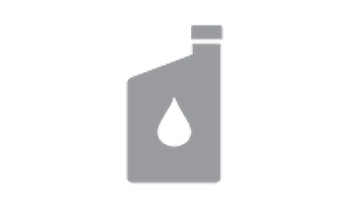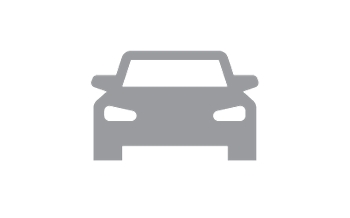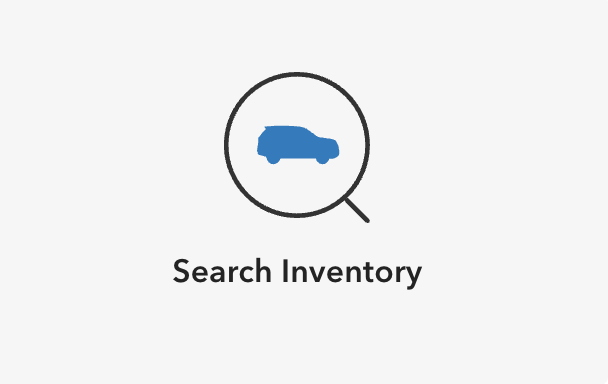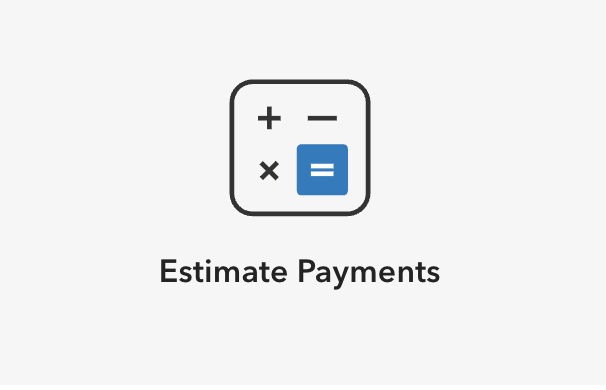
Honda Dealership in Sandy, UT
Are you ready to embark on an exhilarating journey with our latest collection of new cars at Stockton 12 Honda? Step into the future of automotive excellence as we unveil a spectacular lineup that combines cutting-edge technology, innovative design, and unparalleled performance. From sleek sedans to robust SUVs, our showroom is a haven for automotive enthusiasts seeking the latest models. Whether you're drawn to fuel efficiency, advanced safety features, or state-of-the-art infotainment systems, our new car selection caters to a diverse range of preferences.
Our dealership recognizes the value of offering reliable and well-maintained vehicles that cater to various budget constraints. From compact cars to spacious SUVs, our used car collection spans a spectrum of makes and models, providing you with the opportunity to find the perfect vehicle that aligns with your lifestyle. Embrace the charm of a pre-owned car from Stockton 12 Honda, where every drive tells a story of quality, reliability, and unbeatable value.We also service Tooele, UT, Provo, UT, and Heber City, UT. Other popular model names to be on the lookout for include:

Auto Loans and Financing Options For Your Budget
Embarking on the road to owning a new or used car is made effortless with Stockton 12 Honda's Finance Department. Our team of finance experts is dedicated to guiding you through the financing process, offering tailored solutions that suit your budget and preferences. Whether you're exploring loan options or considering leasing, our Finance Department ensures transparency and efficiency in every step. We understand that the financial aspect is a crucial part of your car-buying experience, and our commitment is to make it as seamless as possible. Trust Stockton 12 Honda's Finance Department to turn your dream of owning a quality vehicle into a reality, where affordability and satisfaction converge.

Trustworthy Service and Parts Center, Auto Repairs and Maintenance
Beyond the thrill of driving a new or pre-owned vehicle, Stockton 12 Honda stands committed to providing unparalleled service and maintenance through our dedicated Service and Part Center. Our highly skilled technicians are equipped with the latest tools and expertise to handle everything from routine oil changes to comprehensive tire rotations. Your vehicle deserves the utmost care, and our service center is your trusted partner in maintaining peak performance. Experience convenience and excellence in auto repair, where customer satisfaction is our top priority. Trust Stockton 12 Honda's Service and Part Center to keep your vehicle running smoothly, ensuring every journey is a seamless and worry-free adventure.
Service Specials

Oil Change
Includes Full Synthetic Oil (Up to 5 qts.), Filter, Car Wash and Multi-Point Inspection

Complete Brake Service
Front or rear brake pads and machining of rotors

Advantage Plan

Happy Hour Specials

Mini Detail
Vacuum interior, wipe down consoles and dash, steam clean engine, exterior wash, clean windows, and tire dressing.

Extended Warranty
Receive $300 Off the purchase of an Extended Warranty

AC System Inspection
$199.95 for R134 / $269.95 for R1234yf - Includes up to 1 lb. of Freon

5-Year Road Hazard Coverage
With purchase of 4 tires and alignment
Visit Us




